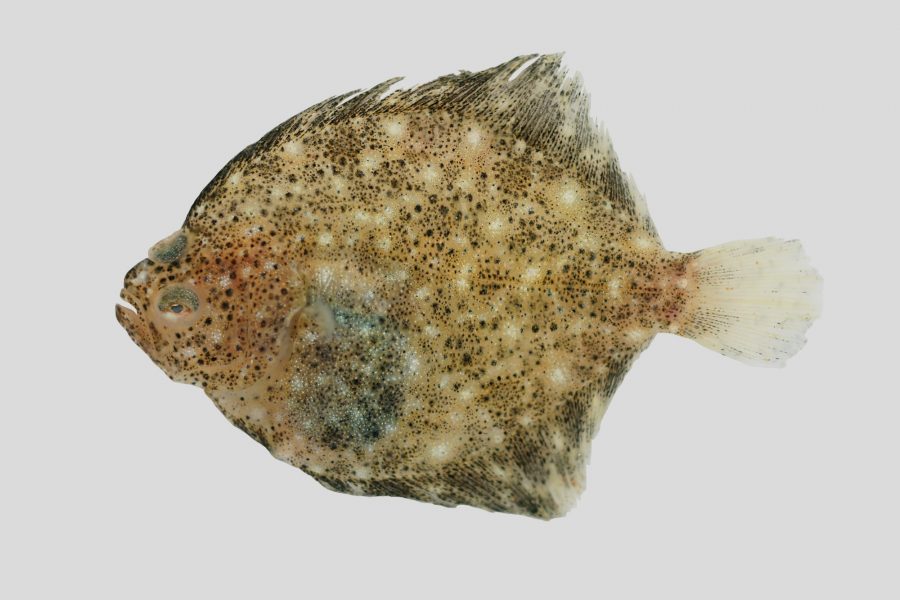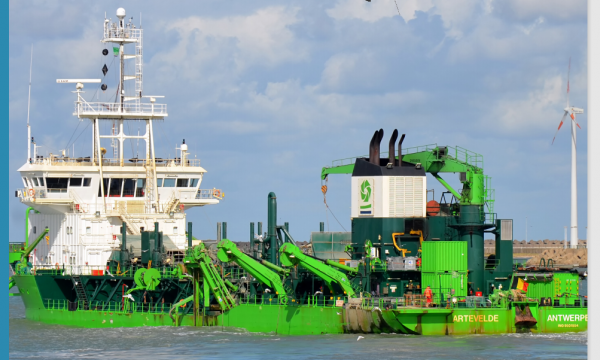Press release Useful infographics on the status of important fish stocks for Belgian fisheries.

On the eve of the Council of European Fisheries Ministers in December - where the fishing opportunities for 2019 are decided – Flanders Research Institute for Agriculture, Fisheries and Food (ILVO) and the Flemish Institute for the Sea (VLIZ) publish for the first time a series of summary infographics on fish stocks relevant for the Belgian fishing fleet. There are three indicators at a glance and per species: (1) how scientists assess the state of the stocks of the species, (2) the size of the quotas allocated to Belgium, and (3) the amount of effective catches by Belgian vessels in the last year.
Belgian fishermen catch more than 50 types of fish and crustaceans in as many as 10 different fishing areas. The status of each of these species in each marine area is evaluated annually. The ILVO experts are the main suppliers of data on the Belgian fisheries. After that, on the basis of the Belgian data and those of all other countries involved in European fisheries, the analysis is made that determines the state of 'the' fish stocks. The processed data are therefore usually published for all fish stocks and all countries together. Hans Polet (ILVO): "That does not make it easy to get a picture of the fishery by country."
In order to get an overview of the data for Belgian fisheries, ILVO and VLIZ now publish infographics by species. "From every fish stock (fish species) you now get unequivocal quotas, the supply and the biological state of the relevant population."
Such biological data on fish stocks form the basis for European fishing quotas, which are determined annually by the Council of European Fisheries Ministers in December. ILVO and VLIZ intend to update the infographics after the publication of the scientific advice and the quotas. The infographics are freely available for everyone via the VLIZ website.
Specific
For the 12 main fish stocks covered by a quota system (sole, plaice, cod, whiting, haddock, brill, turbot, lemon sole, megrim, common and black monkfish and Norway lobster), graphs have been drawn up with catches from 2017, allowable catches in 2018 and the state of the fish stocks in 2018. At the beginning of 2019, the infographics will immediately be given a make-over, with the data on the catches 2018 and the quota 2019. For the nearly 40 fish species - pout for example - that do not fall under a quota scheme, tickets are provided with the state of the stocks in the different fishing areas.
To better derive the nuanced and diverse story from the information graphics
We give an example: Plaice population gets a healthy score in the North Sea and the Skagerrak (areas 3a20, 4a + 4b + 4c). The whole area is colored in green on the map. That means concretely a high and growing spawning stock biomass has been recorded during the last 10 years, the fishing mortality is around a sustainable level and the population growth remains stable. It is therefore good (and logical) that no less than 67% of the Belgian supply of this species (plaice) in 2017 came from the North Sea and the Skagerrak. We also see that more than 60% of the Belgian plaice quota was fished in 2017. In the course of 2018, Belgium may fish up about 6% of the total allowable catch. Other large parts of the pie go to the Netherlands, the United Kingdom and Denmark.
A second example: cod is doing less well in the North Sea. That fish stock is still recovering from its population crash in 2006. The spawning biomass is now just above the critical lower limit, but still below the 'sustainable' limit. The fishing mortality rate is still too high. The 'North Sea' area therefore has code 'dark orange' on the map. “Get well soon” is not yet in sight, because for the time being there are no new strong year classes that can strengthen the population. The Belgian catch in 2017 was "only" 799 tonnes for all fishing grounds combined, of which 87% from the North Sea and Skagerrak. Approximately three-quarters of the quota was used. The Belgian quota in 2018 was 1275 tonnes, which is only 3% of the total allowable catch. Cod in this area is still being fished by the Netherlands, Norway, the United Kingdom, France, Denmark and Germany.
Fish stock status of the Belgian fisheries
For the infographics and more info about the state of the fish stocks:

